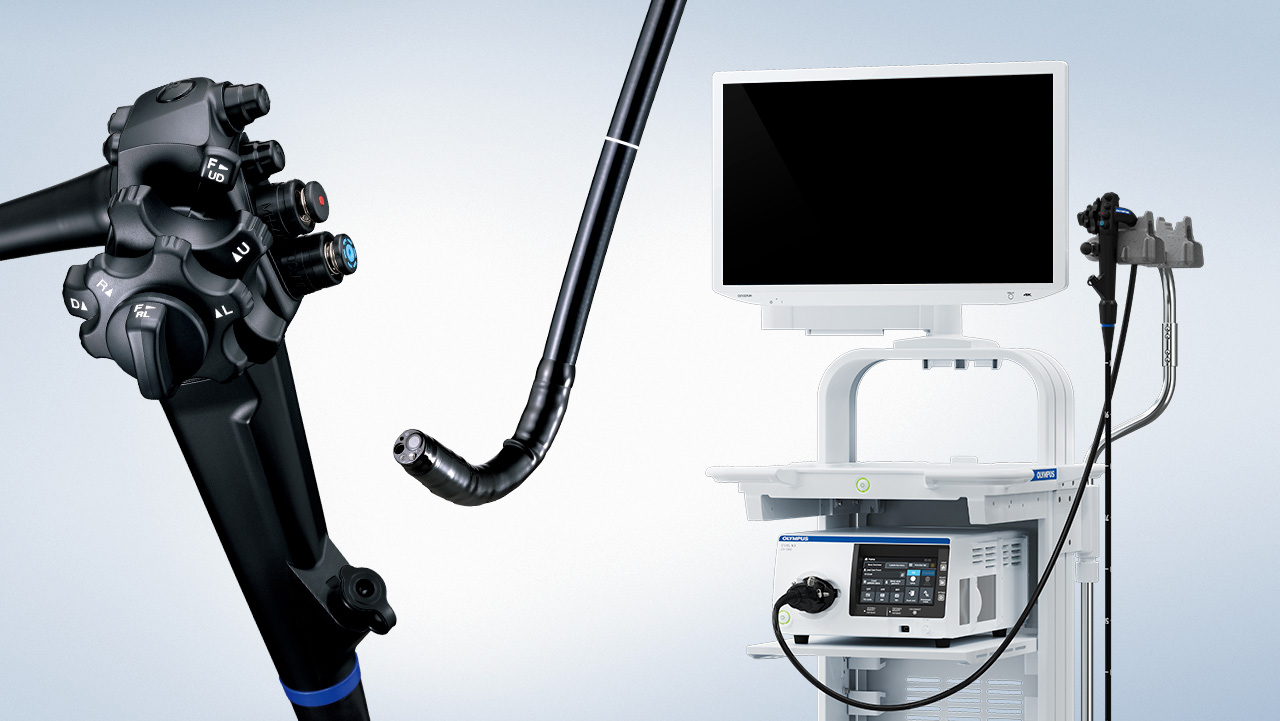.jpg)
•Phù nề nghiêm trọng và nhiều mạch bạch huyết giãn nở trong hỗng tràng đoạn gần ở trẻ nhủ nhi bệnh LAE
•Bệnh ruột mất đạm tiên phát
•Thấy nhiều đốm trắng vàng
•Không rõ nguyên nhân
•Cần sinh thiết tổn thương để làm GPB
Intestinal lymphangiectasia
by Alberto Ravelli
Intestinal lymphangiectasia is a diffuse or segmental dilatation of the enteric lymphatic vessels which may cause protein-losing enteropathy. It can be either primary (idiopathic) or secondary.
Primary intestinal lymphangiectasia (also known as Waldmann’s disease) is a rare condition characterized by dilated intestinal lymphatic vessels causing leakage of lymph into the bowel lumen and protein-losing enteropathy, which, in turn, results in hypoalbuminemia, hypogammag- lobulinemia and lymphopenia. The etiology is also unknown. Primary intestinal lymphangiectasia is usually diagnosed in infants and small children but, occasionally, it can be detected for the first time in older children and even adults. Very rare familial forms have also been described and several syndromes have been linked with intestinal lymphangectasia including Von Recklinghausen’s, Turner’s, Noonan’s, Klippel- Trenaunay-Weber’s, Hennekam’s and the yellow nail syndrome.
Secondary intestinal lymphangiectasia is more often seen in adults and is related to an elevated lymphatic pressure as may occur in lymphoma, constrictive pericarditis, cardiac surgery, inflammatory bowel disease, systemic lupus erythematosus, and malignancies.
Endoscopy with biopsy is the cornerstone of the diagnosis in primary intestinal lymphangiectasia. The endoscopic features of lymphangiectasia consist of numerous white-yellowish spots incorporated into the edematous small bowel mucosa and enlarged folds. However, this finding is not entirely specific of primary lymphangiectasia, as scattered white spots along the duodenal mucosa have also been reported in other small bowel disorders, such as infestation by the parasite Giardia Lamblia and chronic non-specific duodenitis. Therefore, duodenal biopsies should always be taken when such abnormalities are seen.
In the majority of cases, upper GI endoscopy with biopsy is sufficient to make the diagnosis. However, intestinal lesions may be segmental and sometimes located distal to the duodenum and the duodeno-jejunal flexure. In primary lymphangiectasia the magnitude and density of endoscopic findings also varies, and can be maximal in the jejunum, where villi often appear creamy or yellow. Furthermore, it may be relevant for prognostic and therapeutic purposes to define the extension of the disease within the gut. Therefore, if upper endoscopy and biopsies are negative or inconclusive but the clinical suspicion is strong, video capsule endoscopy or enteroscopy should be used to establish the diagnosis of lymphangiectasia and to define its location and extension. Wireless capsule endoscopy – which is easier to use, less invasive and more widely available than enteroscopy – can be effectively used to assess the extent of lymphangiectasia in children. In one of our patients who was 19 months old and weighed 19 kg, the procedure was carried out successfully after placing the capsule in the duodenum with an endoscope (personal observation).
The retrograde ileoscopy can also reveal the involvement of the terminal ileum.
The histological examination of biopsies taken from the small bowel shows moderately to severely dilated mucosal and submucosal lymphatic vessels – often with a cystic appearance – and the presence of lymphatic fluid as major features. The lymphatic vessels located along the villus axis may also be grossly dilated, and although primary intestinal lymphangiectasia does not usually cause mucosal atrophy, these changes may cause shortening and broadening of villi, thereby, giving the impression of a partial villous atrophy
Bài viết liên quan
- Phân độ Forrest - 26-04-2021
- Tổn thương Dieulafoy - 03-05-2021
- Henoch - Schonlen purpura - 26-04-2021
- Bệnh Crohn - 26-04-2021
- Phì đại môn vị (HPS) - 26-04-2021
- Bệnh Celiac Sprue - 26-04-2021
- Lymphoproliferative - 26-04-2021
- U dạ dày - 26-04-2021
- Dị vật trong dạ dày - 26-04-2021
- Polyp tăng sinh dạ dày - 26-04-2021
-
![[SÁCH] Nội soi Thực quản - Dạ dày - Tá Tràng trẻ em](https://noisoitieuhoanhi.org/admin/timthumb.php?src=img/upload/5b9259d197e2b71186a0407e42485eb9.jpg&w=80&zc=1)
[SÁCH] Nội soi Thực quản - Dạ dày - Tá Tràng trẻ em
15-05-2025 -
![[VIDEO] Nội soi cắt Polyp và kẹp clip trên mô hình đại tràng lợn](https://noisoitieuhoanhi.org/admin/timthumb.php?src=img/upload/323b3de0e1cd9619ae7a9b1440537309.png&w=80&zc=1)
[VIDEO] Nội soi cắt Polyp và kẹp clip trên mô hình đại tràng lợn
26-04-2021 -
![[VIDEO] Nội soi dạ dày và nội soi can thiệp trên mô hình dạ dày lợn](https://noisoitieuhoanhi.org/admin/timthumb.php?src=img/upload/79aa0edeee9084809f73e3ca38da0d19.png&w=80&zc=1)
[VIDEO] Nội soi dạ dày và nội soi can thiệp trên mô hình dạ dày lợn
26-04-2021 -
![[VIDEO] Nội soi đại tràng và tháo xoắn Alpha trên mô hình đại tràng lợn](https://noisoitieuhoanhi.org/admin/timthumb.php?src=img/upload/b973c3827ebc14bee3dfaedc6c00125a.png&w=80&zc=1)
[VIDEO] Nội soi đại tràng và tháo xoắn Alpha trên mô hình đại tràng lợn
26-04-2021
-

Điều chỉnh trong thực hành nội soi tiêu hóa ở trẻ em
26-04-2021 -

Đơn vị nội soi tiêu hóa Trẻ em
10-05-2021 -

Khuyến cáo của Hội Nội soi Tiêu hóa và Hội Tiêu hóa-Gan mật-Dinh dưỡng Nhi khoa Châu âu
26-04-2021 -

Đánh giá và xử trí giãn tĩnh mạch Thực quản ở trẻ em (Hướng dẫn của Hội Tiêu hóa-Gan mật-Dinh dưỡng Nhi khoa Vương Quốc Anh)
26-04-2021
Copyrights Thiet Ke Website by ungdungviet.vn







